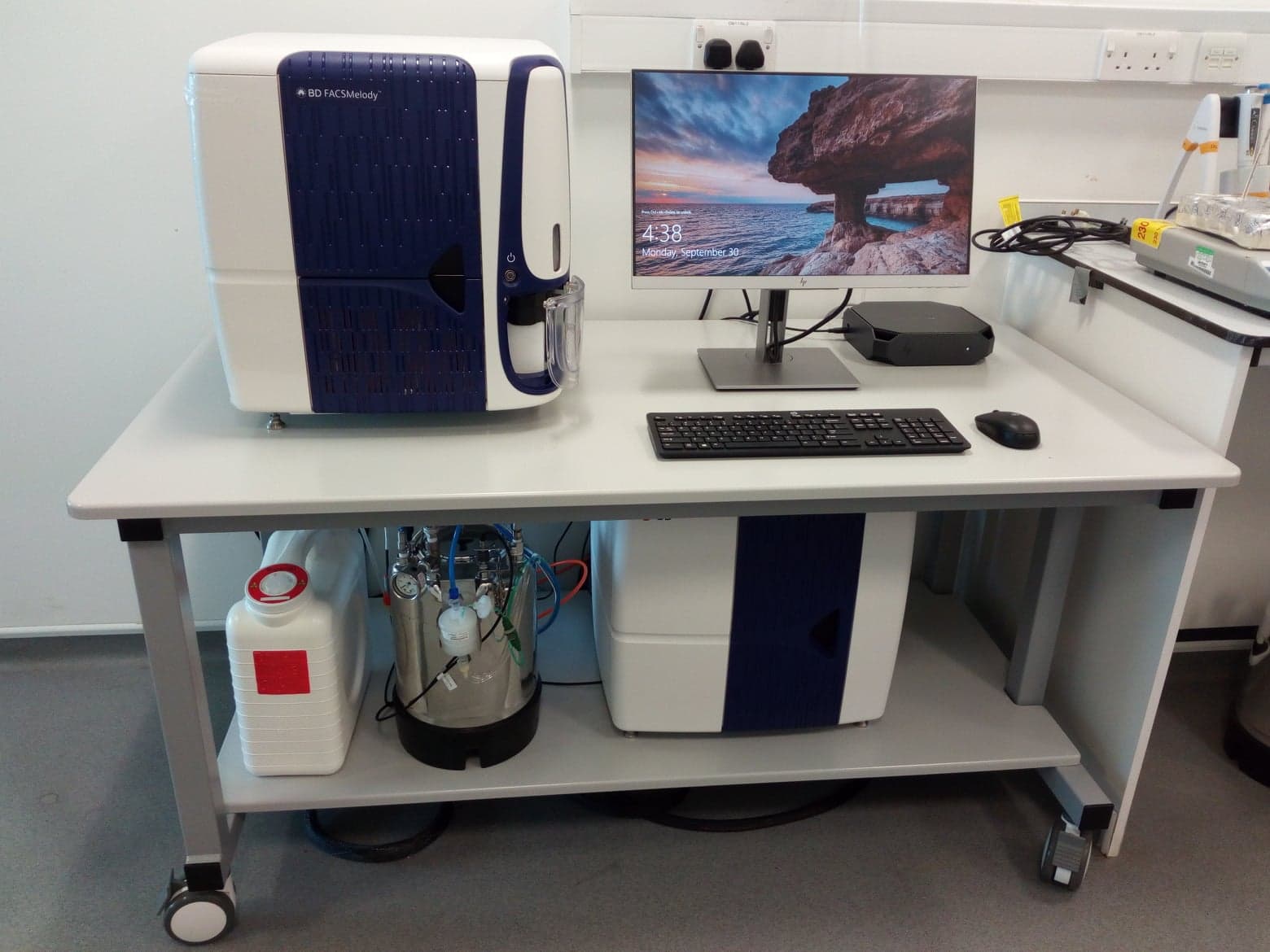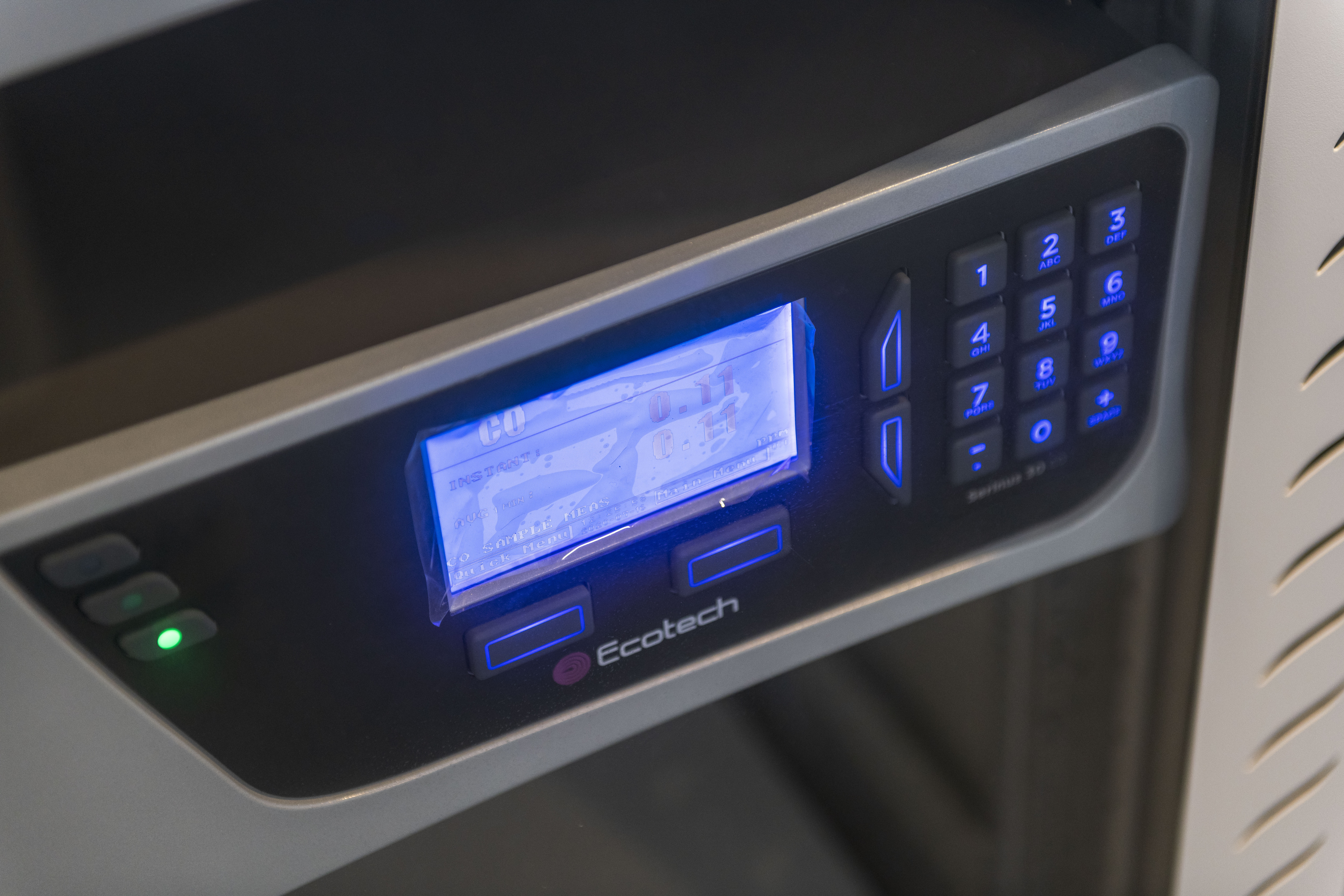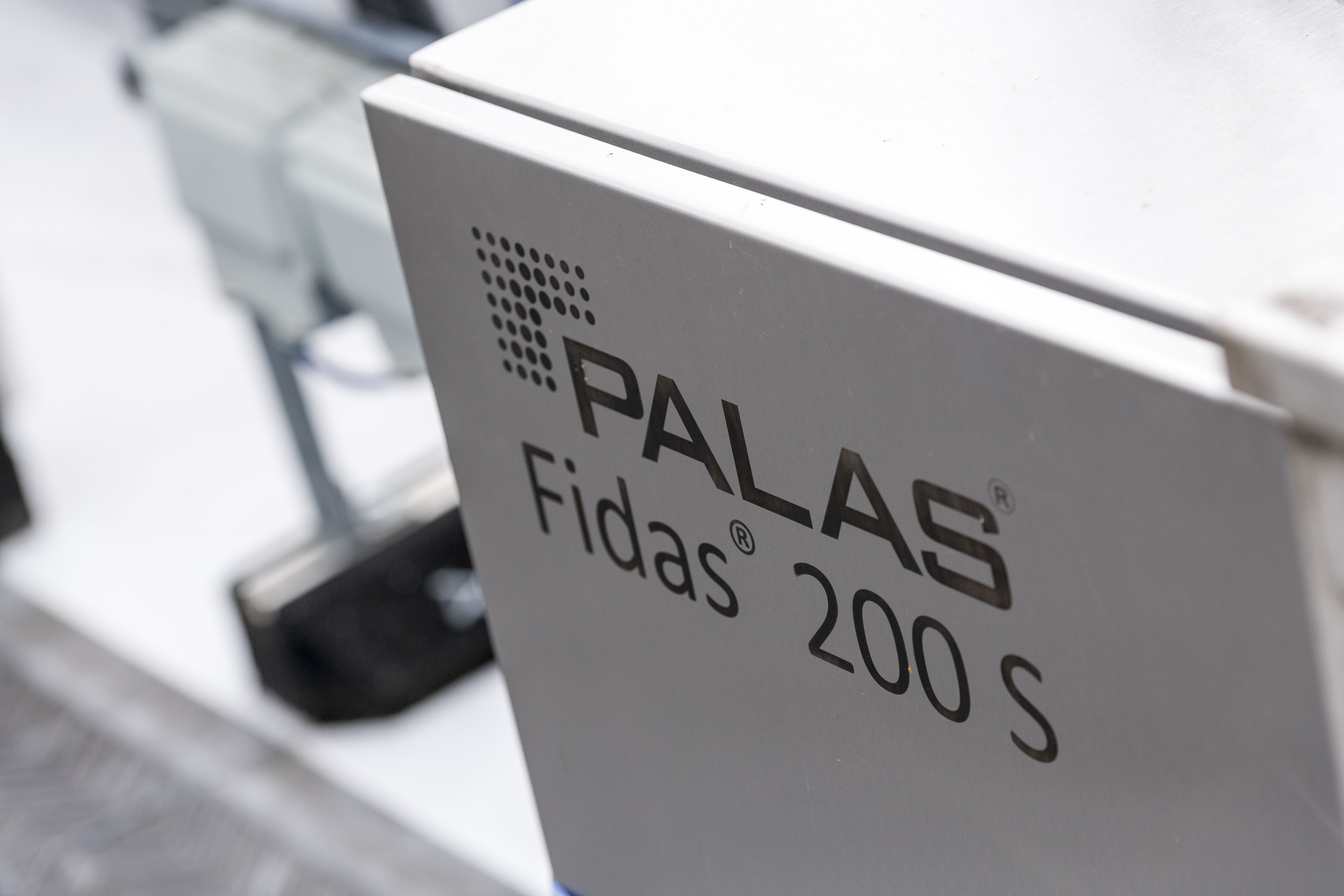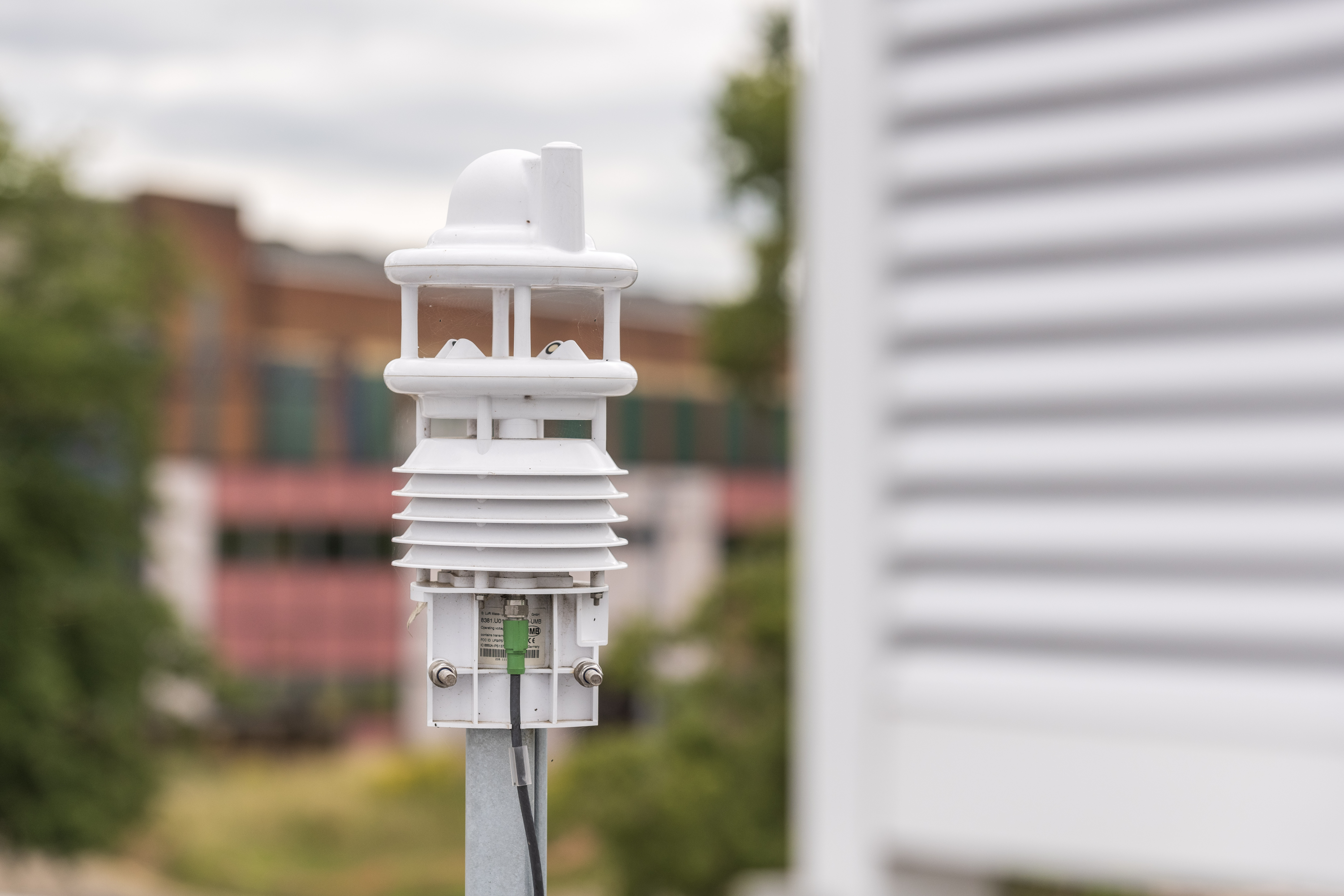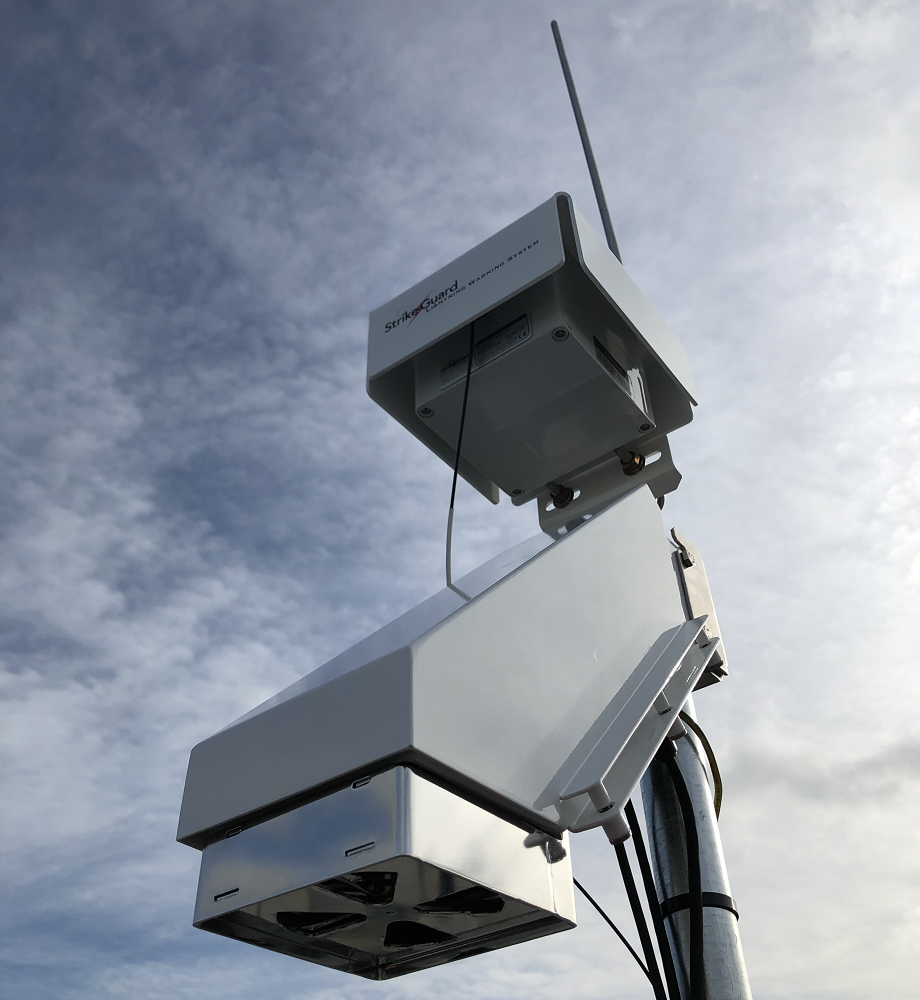Water Quality
The water quality sensors measure water level, water temperature, dissolved oxygen, conductivity, pH and turbidity. These sensors have been deployed on campus along the Chicheley Brook from close to the source in Merchant Lane to beside the water treatment works on the edge of the campus.
The sensors have been deployed since December 2020 and have been regularly streaming live data since January 2024.
In addition, two inline flow meters have been deployed to monitor the water levels and velocities at discharge points from the technical and residential areas on campus into Chicheley Brook.
Two flow cytometers, allowing the monitoring of bacteria and pathogens in water, are also available.
Water use
A range of sensors have been deployed to better understand water use on campus and to support behavioural change research. These include 500 shower monitors deployed in halls of residence, water metering on the campus technical site, and advanced acoustic water monitors in houses on campus.
